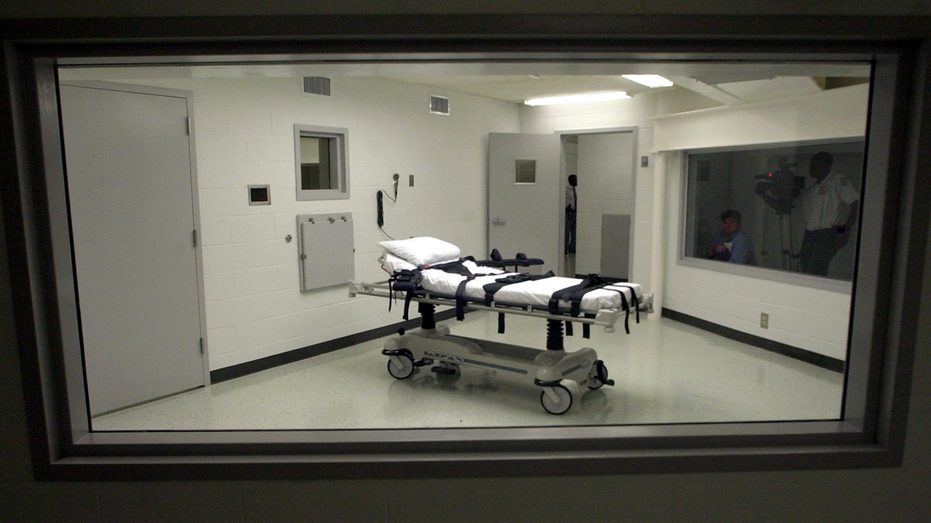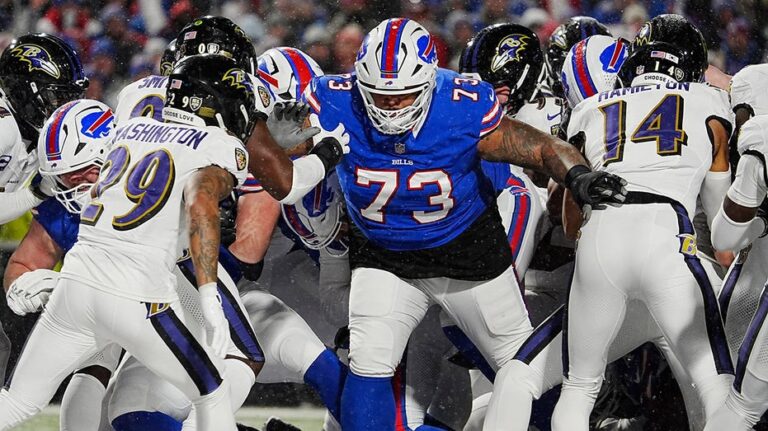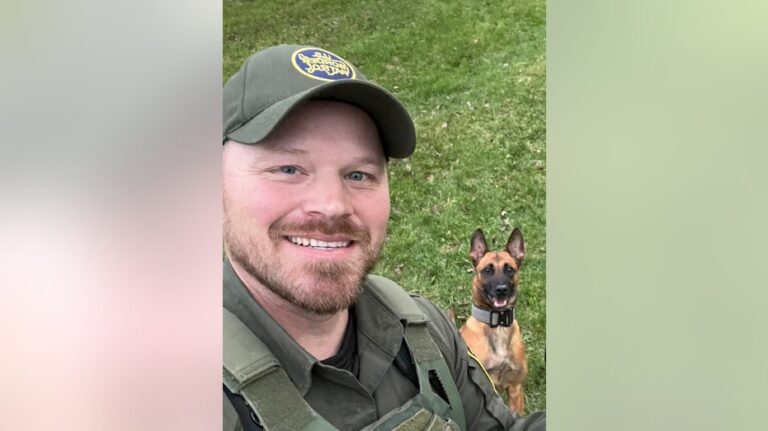
A South Carolina man set to die by lethal injection is requesting a delay until more information is gathered about the drug that will kill him.
The execution of Marion Bowman Jr. is set for Jan. 31, but he is concerned that the drug used to put another man to death in November required two large doses more than 11 minutes apart.
An anesthesiologist involved in reviewing autopsy records of Richard Moore, who was executed on Nov. 1, 2024, showed fluid in Moore’s lungs, leading lawyers to believe he “consciously experienced feelings of drowning and suffocation during the 23 minutes that it took to bring about his death,” according to The Associated Press.
SOUTH CAROLINA EXECUTES RICHARD MOORE DESPITE BROADLY SUPPORTED PLEA TO CUT SENTENCE TO LIFE
Prison officials have not released why Moore required a second dose of the drug, but claim the methods used are like other states’ use of the drug.
Only one week ago, the federal government said it was rescinding protocol for executions with pentobarbital after a review raised concerns regarding “unnecessary pain and suffering,” but President Donald Trump has signed an executive order directing federal officials to carry out executions.
A second review directed by the governor’s office and prison system showed that witnesses indicated Moore’s breathing stopped in two or three minutes, and he was unconscious, according to Dr. Joseph F. Antognini, an anesthesiologist who taught at the University of California, Davis.
“Before becoming unconscious, the individual would not feel the sensations of pain, suffocation or air hunger,” Antognini wrote.
After that, the heart will have periodic, irregular beats for as long as 20 minutes before it stops, which could possibly be detected on a heart monitor and might have led to the second dose of pentobarbital, Antognini said.
State lawyers also said that Moore and another inmate who died by lethal injection had an attorney witness their deaths and “neither lawyer ever claimed that either man showed any signs of pain during his execution.”
The Associated Press contributed to this report.
A South Carolina man set to die by lethal injection is requesting a delay until more information is gathered about the drug that will kill him.
The execution of Marion Bowman Jr. is set for Jan. 31, but he is concerned that the drug used to put another man to death in November required two large doses more than 11 minutes apart.
An anesthesiologist involved in reviewing autopsy records of Richard Moore, who was executed on Nov. 1, 2024, showed fluid in Moore’s lungs, leading lawyers to believe he “consciously experienced feelings of drowning and suffocation during the 23 minutes that it took to bring about his death,” according to The Associated Press.
SOUTH CAROLINA EXECUTES RICHARD MOORE DESPITE BROADLY SUPPORTED PLEA TO CUT SENTENCE TO LIFE
Prison officials have not released why Moore required a second dose of the drug, but claim the methods used are like other states’ use of the drug.
Only one week ago, the federal government said it was rescinding protocol for executions with pentobarbital after a review raised concerns regarding “unnecessary pain and suffering,” but President Donald Trump has signed an executive order directing federal officials to carry out executions.
A second review directed by the governor’s office and prison system showed that witnesses indicated Moore’s breathing stopped in two or three minutes, and he was unconscious, according to Dr. Joseph F. Antognini, an anesthesiologist who taught at the University of California, Davis.
“Before becoming unconscious, the individual would not feel the sensations of pain, suffocation or air hunger,” Antognini wrote.
After that, the heart will have periodic, irregular beats for as long as 20 minutes before it stops, which could possibly be detected on a heart monitor and might have led to the second dose of pentobarbital, Antognini said.
State lawyers also said that Moore and another inmate who died by lethal injection had an attorney witness their deaths and “neither lawyer ever claimed that either man showed any signs of pain during his execution.”
The Associated Press contributed to this report.





